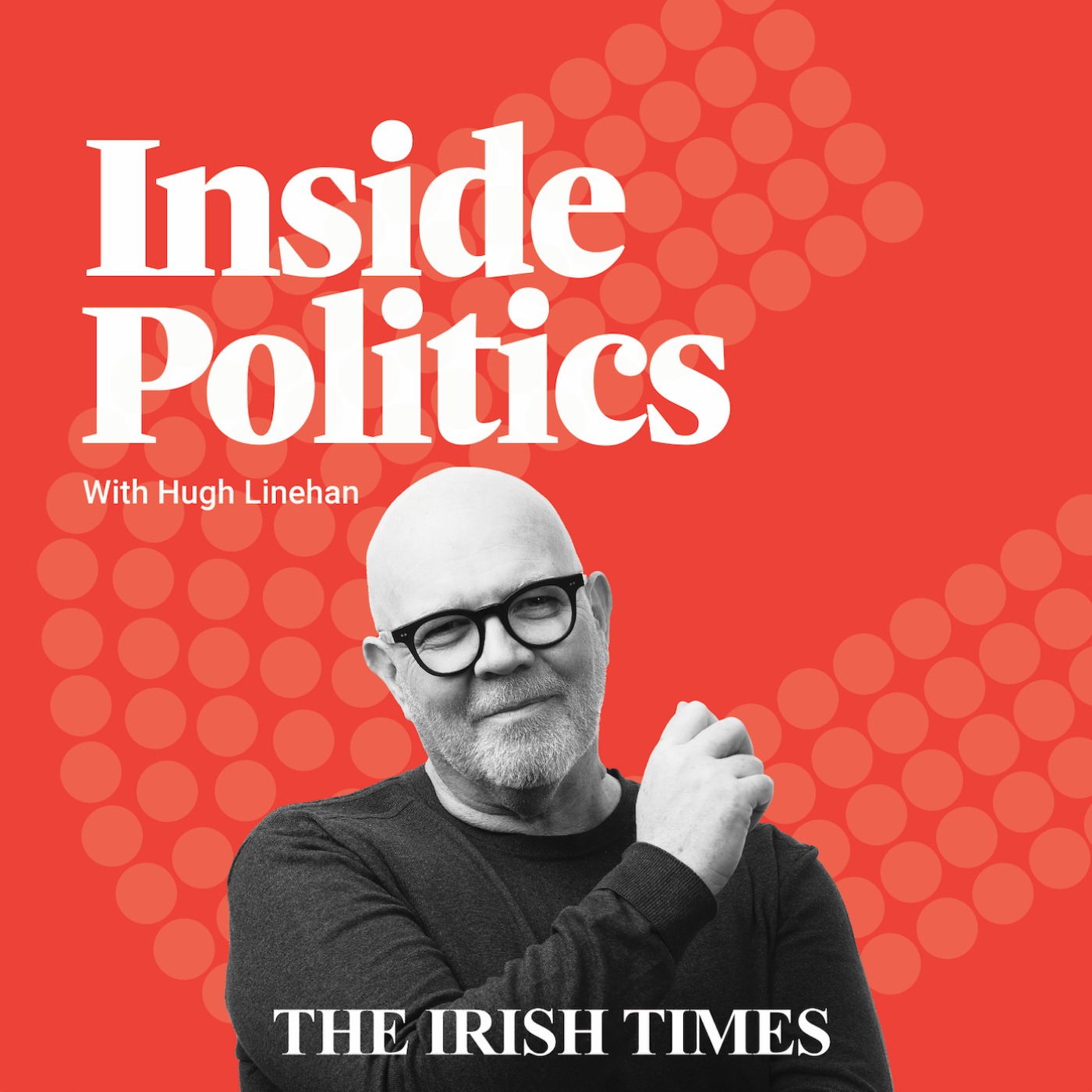Leo Varadkar was always an unusual politician by Irish historical standards. The youngest taoiseach, the first Irish leader from a mixed-race background and the first government minister to come out publicly as gay, he represented – for international observers especially – the embodiment of the newer, more modern Ireland emerging just as he entered local politics in Dublin West at the turn of the millennium before being elected to the Dáil in 2007.
The new TD was unafraid to ruffle feathers, positioning himself as a Young Turk on the right wing of his party. He wasn’t averse to playing up his image as a fiscal conservative. In 2007 he told The Irish Times that his least favourite Christmas film was A Christmas Carol. “Tiny Tim should get a job,” he deadpanned.
His party colleagues were startled a couple of years later in the Dáil when he compared then-taoiseach Brian Cowen to a venerable former Fine Gael leader. “You’re no Seán Lemass, you’re no Jack Lynch and you’re no John Bruton,” he chided Cowen. “You’re a Garret FitzGerald. You’ve trebled the national debt, you’ve effectively destroyed the country and now you’ve a dirty, wasteful botch job of a reshuffle. And it’s the last thing you do so enjoy writing your boring articles in The Irish Times in a few years,” he said to Cowen, in an apparent reference to FitzGerald’s columns. This was not the sort of rhetoric traditionally associated with ambitious young Fine Gaelers but it helped build Varadkar’s reputation as a man in a hurry.
Those tendencies would modulate over the years in government. Spells at the head of big-spending departments like Health and Social Protection appeared to dampen his enthusiasm for scaling back the State. But it did not go away entirely. A propensity for off-the-cuff remarks that enraged political opponents (and often irritated allies) remained a constant, as did a rhetorical commitment, at least, to lessen the tax burden on “the people who get up early in the morning”.
READ MORE

Why did Leo Varadkar choose this moment to go?
His ministerial career under former taoiseach Enda Kenny was not particularly spectacular. By the standards of the Department of Health, he managed to escape his stint there relatively unscathed. The same with Social Protection, where the most stringent austerity measures of the post-crash years had been implemented before his arrival. After the 2016 election, as the Enda Kenny era drew to a close, he established the commanding majority in the parliamentary party that would ensure his victory. The Varadkar proposition was simple: a younger, fresher leader more attuned to contemporary Ireland would reverse the losses of 2016 and reconfirm Fine Gael as the country’s leading party. That promise failed to materialise in 2020 and seemed highly unlikely to do so at the next election.
The record of his two terms as taoiseach is mixed. Eoghan Murphy, who managed his leadership campaign, was given the task of addressing the burgeoning housing crisis. It was not a success. Reform of the health service remained frustratingly slow. But the economy continued to recover, driven by foreign direct investment. And he was closely associated in the public mind with the successful social changes wrought by the referendums on marriage equality and abortion rights.
His political skills were apparent during two great external shocks for the country. His Government managed to keep its EU allies in lockstep with Irish interests throughout the convulsions that followed the Brexit referendum and he scored a personal political coup with the last-minute agreement with Boris Johnson in November 2019 that led to the Northern Ireland protocol. Just a few months later, his blunt, calm explanation of the medical realities posed by Covid in an address to the nation provided a stark contrast with the vacillation and confusion that was happening at the same time in London and Washington.
The three-way Coalition that was finally formed in the summer of 2020 has continued the expansion in Government spending initiated during Covid on the back of buoyant windfall revenues from corporation tax. As the centre of political gravity has shifted to the left, Varadkar’s Fine Gael has followed, despite its continuing theoretical commitment to centre-right policies. Where that leaves the party under any future leader is hard to discern. What is clear, though, is that hopes that Varadkar would inject new energy and purpose into the party on his return to the Taoiseach’s office in December 2022 have failed to materialise. The party’s poll numbers remain stagnant and the steady drip of TDs standing down before the next election is sapping morale further.
The manner of Varadkar’s parting also breaks new political ground. With the exception of Éamon de Valera and Sean Lemass, taoisigh who left office did so either following sustained periods of political pressure, often from within their parties, or after electoral defeat. De Valera and Lemass were old men when they resigned; at 45, Varadkar is now the youngest Taoiseach to leave the office as well as the youngest to be appointed. He appears to have surprised everyone in the process.
His 13 consecutive years at the Cabinet table represent a joint record (alongside Simon Coveney) for any Fine Gael politician in the history of the State. That fact may explain, in part at least, his decision. There has been much coverage lately of the stresses and toxicity that are causing many elected politicians to leave the profession. So perhaps we should not be surprised that the man in the most pressurised job of all should make the call to step down.
- Listen to our Inside Politics Podcast for the latest analysis and chat
- Sign up for push alerts and have the best news, analysis and comment delivered directly to your phone
- Find The Irish Times on WhatsApp and stay up to date












